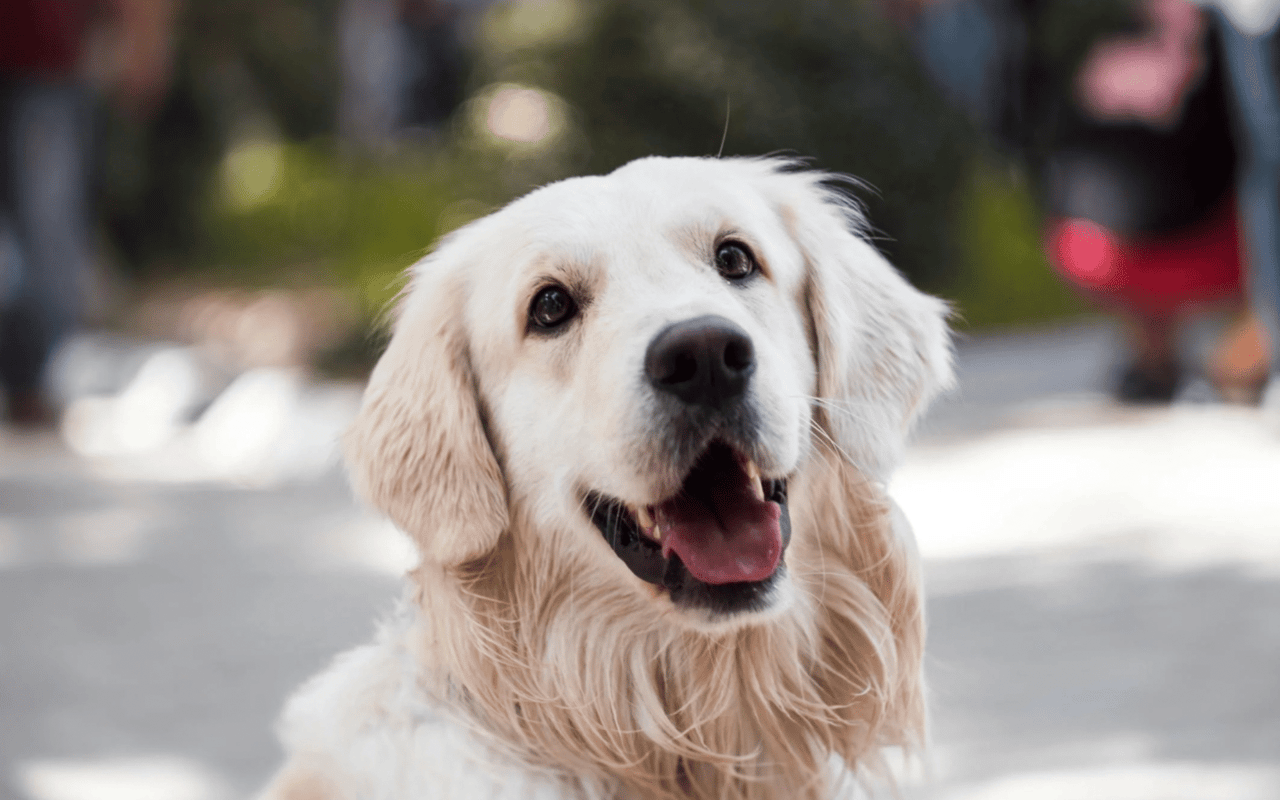Moving to a new home can be an exciting but stressful experience, especially when pets are involved. For animals, a change in environment can cause confusion and anxiety, as they are creatures of habit and often rely on the comfort of familiar surroundings. As a pet owner, you want to ensure that the transition is as smooth and stress-free as possible for your furry friends. With careful planning and a few strategies, you can make the move easier on your pets and help them adjust to their new home with minimal disruption. Here are some helpful tips for moving with pets that will ensure their comfort and well-being during the process.
Plan Ahead and Prepare Early
One of the most important steps in making a move with pets less stressful is to plan well in advance. The earlier you start preparing for the move, the smoother the process will be. This includes organizing everything your pet will need on moving day and making sure they are comfortable with travel.
If your pet is not used to car rides or being in a crate, start acclimating them to these experiences a few weeks before the move. For cats or small dogs, getting them comfortable in a carrier is essential. Leave the carrier out in a familiar area with the door open, placing treats, toys, or bedding inside to encourage them to explore it. Gradually increase the amount of time they spend inside to build familiarity.
Additionally, check that your pet’s ID tags and microchip information are up to date. This is especially important in case your pet becomes lost during the move. Include your new address and contact information to ensure you can be reached if needed.
If your pet is not used to car rides or being in a crate, start acclimating them to these experiences a few weeks before the move. For cats or small dogs, getting them comfortable in a carrier is essential. Leave the carrier out in a familiar area with the door open, placing treats, toys, or bedding inside to encourage them to explore it. Gradually increase the amount of time they spend inside to build familiarity.
Additionally, check that your pet’s ID tags and microchip information are up to date. This is especially important in case your pet becomes lost during the move. Include your new address and contact information to ensure you can be reached if needed.
Visit the Veterinarian
Before the move, schedule a visit to your veterinarian. This is a good opportunity to ensure your pet is up to date on vaccinations and to obtain any necessary health records, particularly if you’re moving out of state or internationally. You may also want to ask the vet for any advice or medications that could help reduce your pet’s stress during the move.
If your pet has specific needs, such as a special diet or medication, make sure you have enough supplies to last through the move and into the first few days at your new home. If you’re moving to a different area, ask your current vet to recommend a new veterinarian near your new home so that you have a professional to contact in case of emergency.
If your pet has specific needs, such as a special diet or medication, make sure you have enough supplies to last through the move and into the first few days at your new home. If you’re moving to a different area, ask your current vet to recommend a new veterinarian near your new home so that you have a professional to contact in case of emergency.
Pack a Pet Essentials Bag
Just as you would pack an overnight bag with essentials for yourself, it’s a good idea to pack one for your pet. This bag should include everything your pet will need during the move and in the first few days at your new home. Some key items to include are:
- Food and water, along with bowls
- Favorite toys, blankets, and bedding to provide comfort
- Treats and chews to keep them occupied
- Any medications your pet takes regularly
- A litter box for cats or waste bags for dogs
- Leash, harness, and collar
- Grooming supplies like a brush or wipes
Having all of these items easily accessible will help keep your pet comfortable during the move and make the transition to the new home smoother.
Create a Safe Space on Moving Day
Moving day can be chaotic, with movers coming in and out, boxes everywhere, and a general sense of upheaval. For pets, this can be overwhelming and potentially dangerous if they get underfoot or try to escape through open doors.
To keep your pet safe and calm, set up a designated "safe space" for them in a quiet room away from the main activity. Place familiar items like their bed, toys, and food in the room to make it more comfortable. Make sure the door is securely closed, or, if possible, keep your pet in a crate or carrier. If you’re able, consider having a friend or family member take care of your pet for the day or boarding them in a pet-friendly facility until the move is complete.
For cats and small animals, it’s especially important to minimize their exposure to the noise and confusion of moving day. Cats are particularly sensitive to change and may hide or become agitated. By confining them to a single room, you can help reduce their anxiety.
To keep your pet safe and calm, set up a designated "safe space" for them in a quiet room away from the main activity. Place familiar items like their bed, toys, and food in the room to make it more comfortable. Make sure the door is securely closed, or, if possible, keep your pet in a crate or carrier. If you’re able, consider having a friend or family member take care of your pet for the day or boarding them in a pet-friendly facility until the move is complete.
For cats and small animals, it’s especially important to minimize their exposure to the noise and confusion of moving day. Cats are particularly sensitive to change and may hide or become agitated. By confining them to a single room, you can help reduce their anxiety.
Transport Your Pet Safely
When it comes time to transport your pet to the new home, safety is the top priority. For most pets, traveling by car will be the best option, but it’s important to take the right precautions to keep them secure and comfortable.
For dogs, ensure they are properly restrained with a seat belt harness or in a travel crate. For smaller animals like cats, rabbits, or birds, a secure carrier is essential. Place a familiar blanket or bedding inside the carrier to make it more comfortable. If your trip is long, be sure to make frequent stops to give your dog a chance to stretch, relieve itself, and drink water.
If you’re flying with your pet, research the airline’s pet policies well in advance. Many airlines require specific paperwork, and you’ll need to ensure your pet meets the size and weight requirements for in-cabin or cargo travel. It’s also a good idea to confirm the temperature conditions in the cargo hold if your pet will be traveling there.
For dogs, ensure they are properly restrained with a seat belt harness or in a travel crate. For smaller animals like cats, rabbits, or birds, a secure carrier is essential. Place a familiar blanket or bedding inside the carrier to make it more comfortable. If your trip is long, be sure to make frequent stops to give your dog a chance to stretch, relieve itself, and drink water.
If you’re flying with your pet, research the airline’s pet policies well in advance. Many airlines require specific paperwork, and you’ll need to ensure your pet meets the size and weight requirements for in-cabin or cargo travel. It’s also a good idea to confirm the temperature conditions in the cargo hold if your pet will be traveling there.
Help Your Pet Settle into the New Home
Once you arrive at your new home, the goal is to make your pet feel as comfortable and secure as possible. Unpack their familiar items first, such as their bed, toys, and food dishes, and set them up in a quiet room while the rest of the house is organized. Allow your pet to explore the new home gradually, starting with one room at a time to avoid overwhelming them with too much new information at once.
Cats, in particular, may take longer to adjust to a new environment. It’s best to keep them confined to one room for the first few days, gradually introducing them to the rest of the home as they become more comfortable. Dogs, on the other hand, may be eager to explore but should still be given time to acclimate. Sticking to a familiar routine of feeding, walks, and playtime will help them adjust faster.
Make sure to spend extra time with your pet during the transition, offering reassurance, affection, and treats to make the new space feel like home. Patience is key, as some pets may take longer than others to adapt.
Cats, in particular, may take longer to adjust to a new environment. It’s best to keep them confined to one room for the first few days, gradually introducing them to the rest of the home as they become more comfortable. Dogs, on the other hand, may be eager to explore but should still be given time to acclimate. Sticking to a familiar routine of feeding, walks, and playtime will help them adjust faster.
Make sure to spend extra time with your pet during the transition, offering reassurance, affection, and treats to make the new space feel like home. Patience is key, as some pets may take longer than others to adapt.
Maintain a Routine
Pets thrive on routine, and a move can disrupt their sense of stability. As soon as possible, reestablish your pet’s regular feeding, walking, and playtime schedules. Keeping these routines consistent will help your pet feel more at ease and adjust more quickly to the new environment.
For dogs, finding a nearby park or a good walking route will be an important part of helping them settle in. Exploring the new neighborhood together can also provide a bonding opportunity and help your dog get comfortable in its new surroundings.
Cats, who are more territorial, may require more time to adjust to their new space. Stick to a predictable routine and gradually introduce them to new areas of the home. Use familiar objects, such as scratching posts or favorite toys, to create a sense of comfort in unfamiliar territory.
Moving with pets requires careful planning and attention to their needs, but with the right approach, you can make the transition smoother for your furry friends. By preparing early, maintaining routines, and offering comfort during the move, you can help your pets adjust to their new home with less stress. After all, a happy and well-adjusted pet will make settling into your new home an even more joyful experience.
For dogs, finding a nearby park or a good walking route will be an important part of helping them settle in. Exploring the new neighborhood together can also provide a bonding opportunity and help your dog get comfortable in its new surroundings.
Cats, who are more territorial, may require more time to adjust to their new space. Stick to a predictable routine and gradually introduce them to new areas of the home. Use familiar objects, such as scratching posts or favorite toys, to create a sense of comfort in unfamiliar territory.
Moving with pets requires careful planning and attention to their needs, but with the right approach, you can make the transition smoother for your furry friends. By preparing early, maintaining routines, and offering comfort during the move, you can help your pets adjust to their new home with less stress. After all, a happy and well-adjusted pet will make settling into your new home an even more joyful experience.
Need help buying a luxury home?
With 17 years of experience, Jill Fusari is a dynamic real estate expert serving Alamo, Danville, Walnut Creek, Lafayette, Diablo and beyond. She is dedicated to guiding buyers and sellers towards their goals, using her extensive training and education to craft tailored plans for a seamless and enjoyable real estate journey from beginning to end.
Contact skilled and knowledgeable realtor Jill Fusari today to help you find your dream home.
Contact skilled and knowledgeable realtor Jill Fusari today to help you find your dream home.
View real estate listings:





